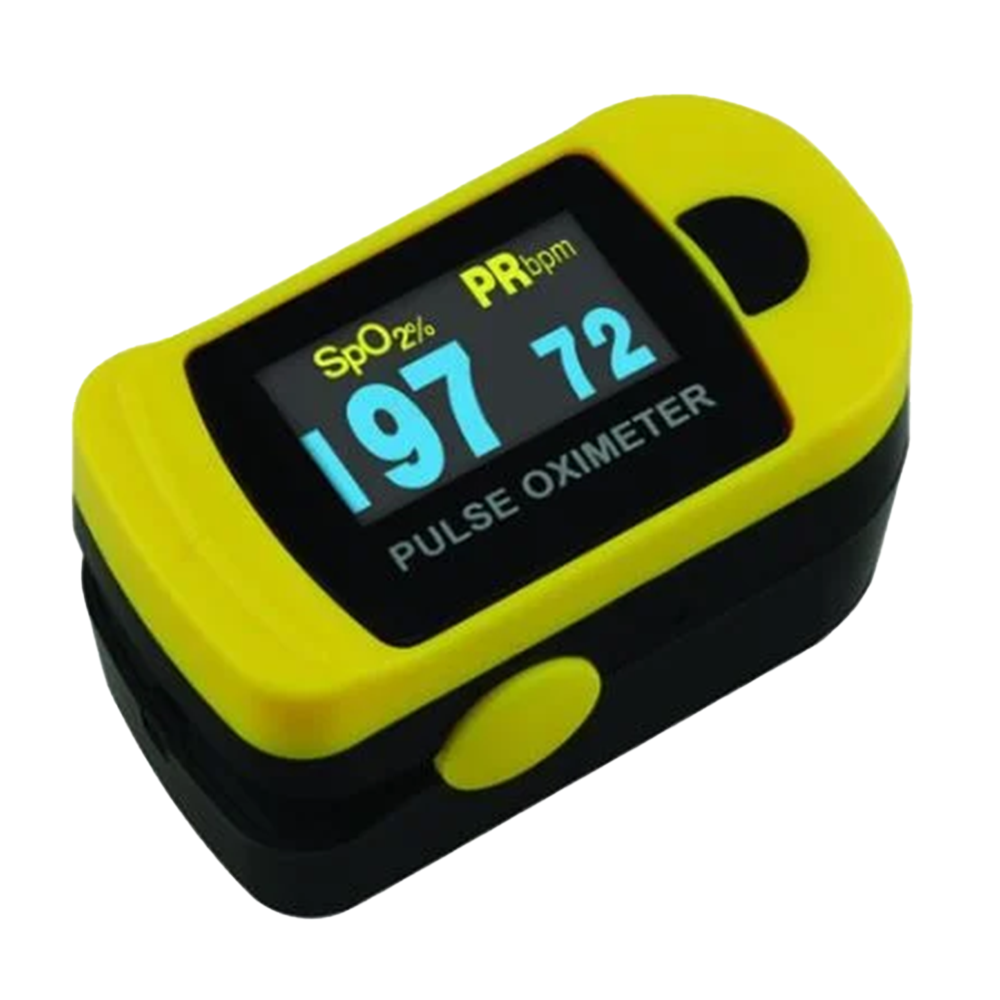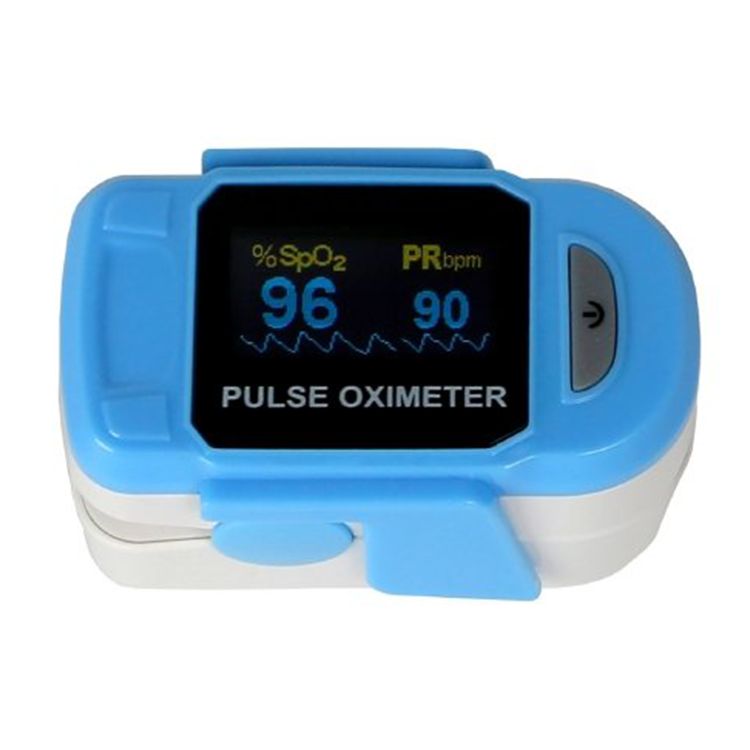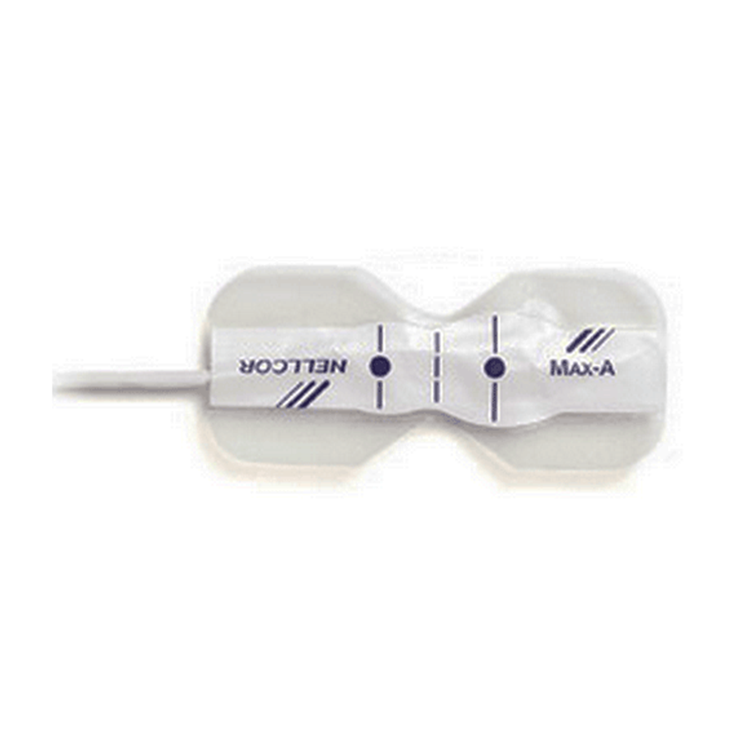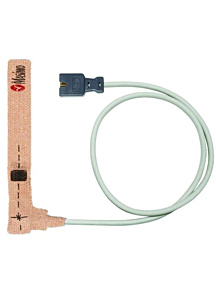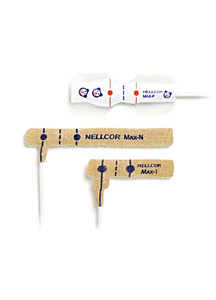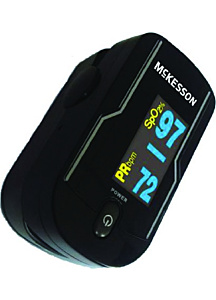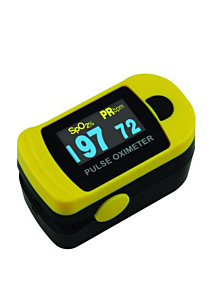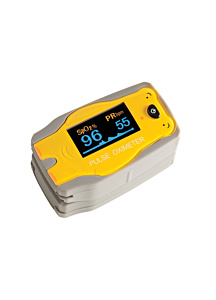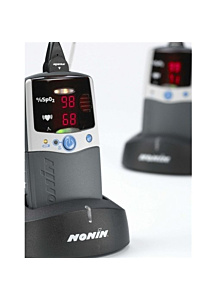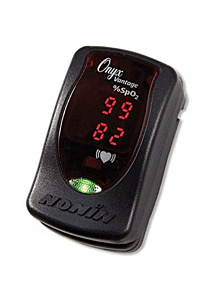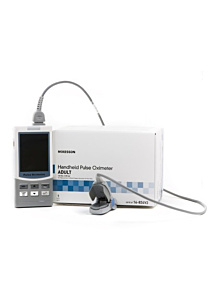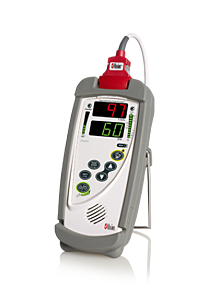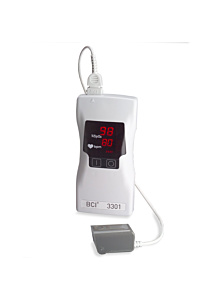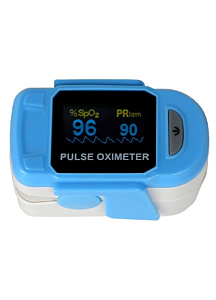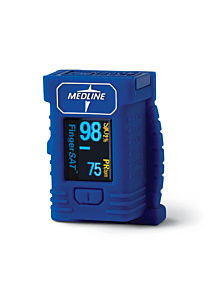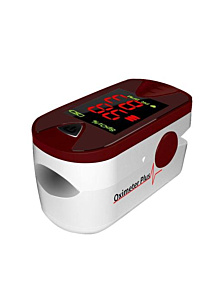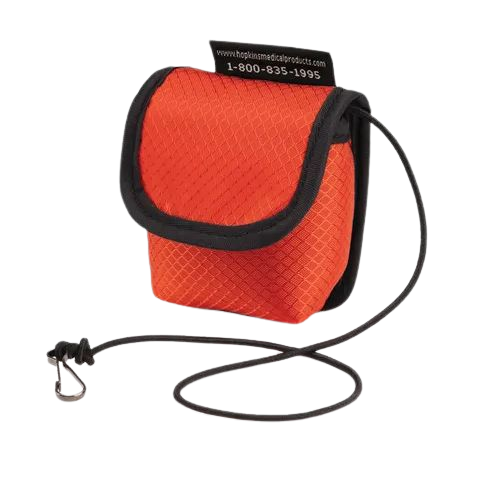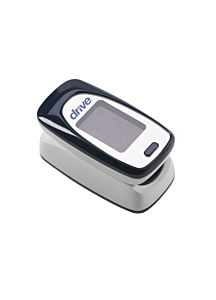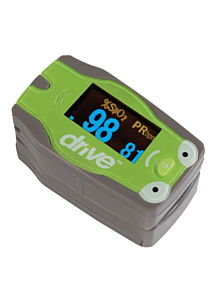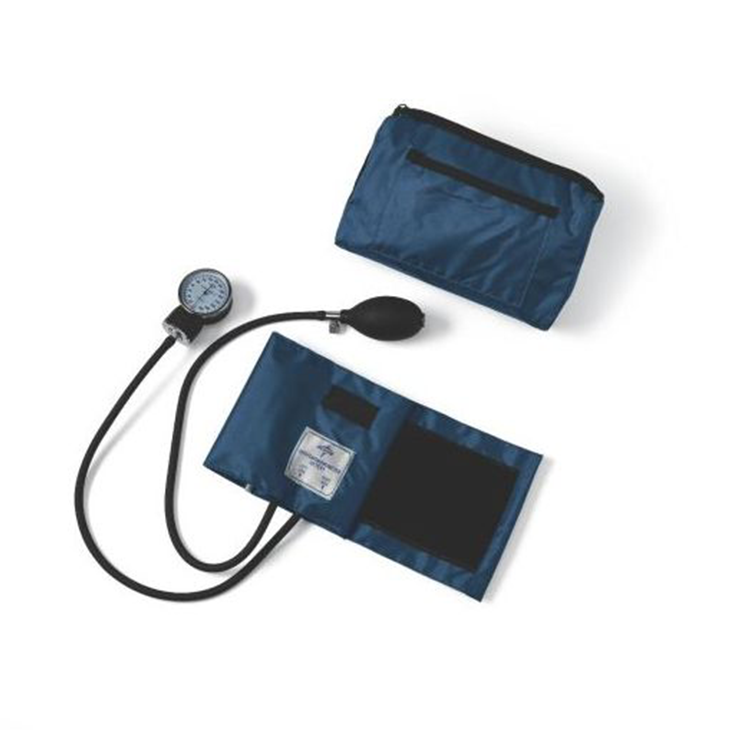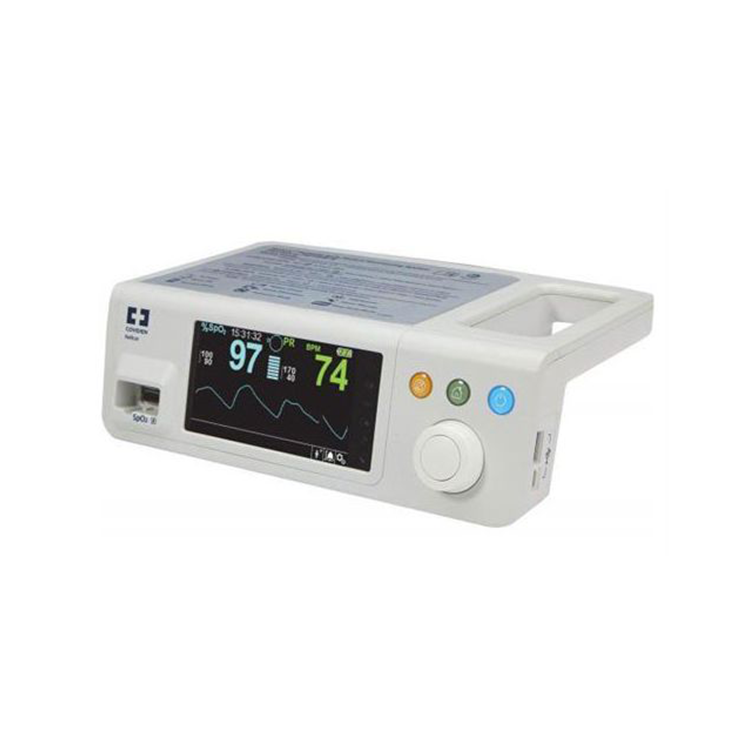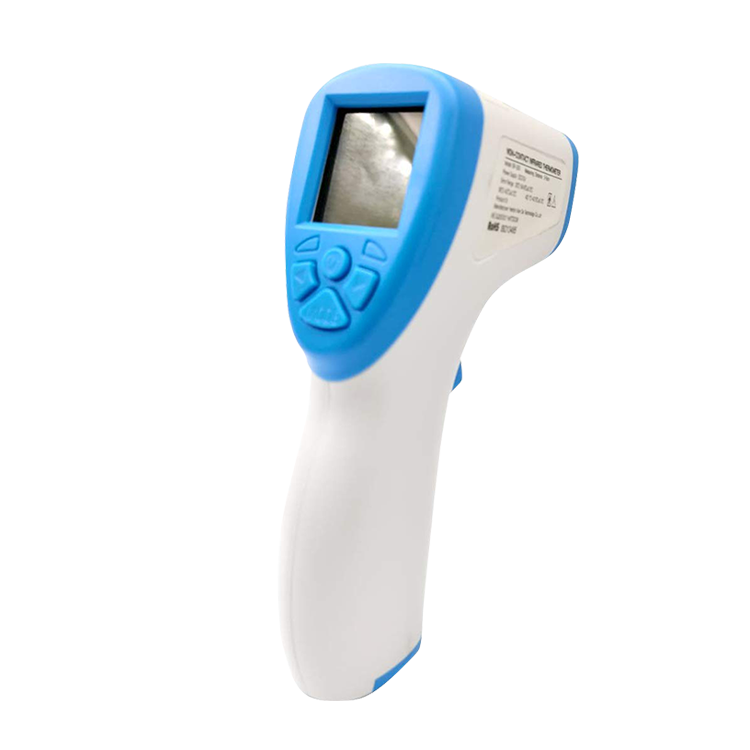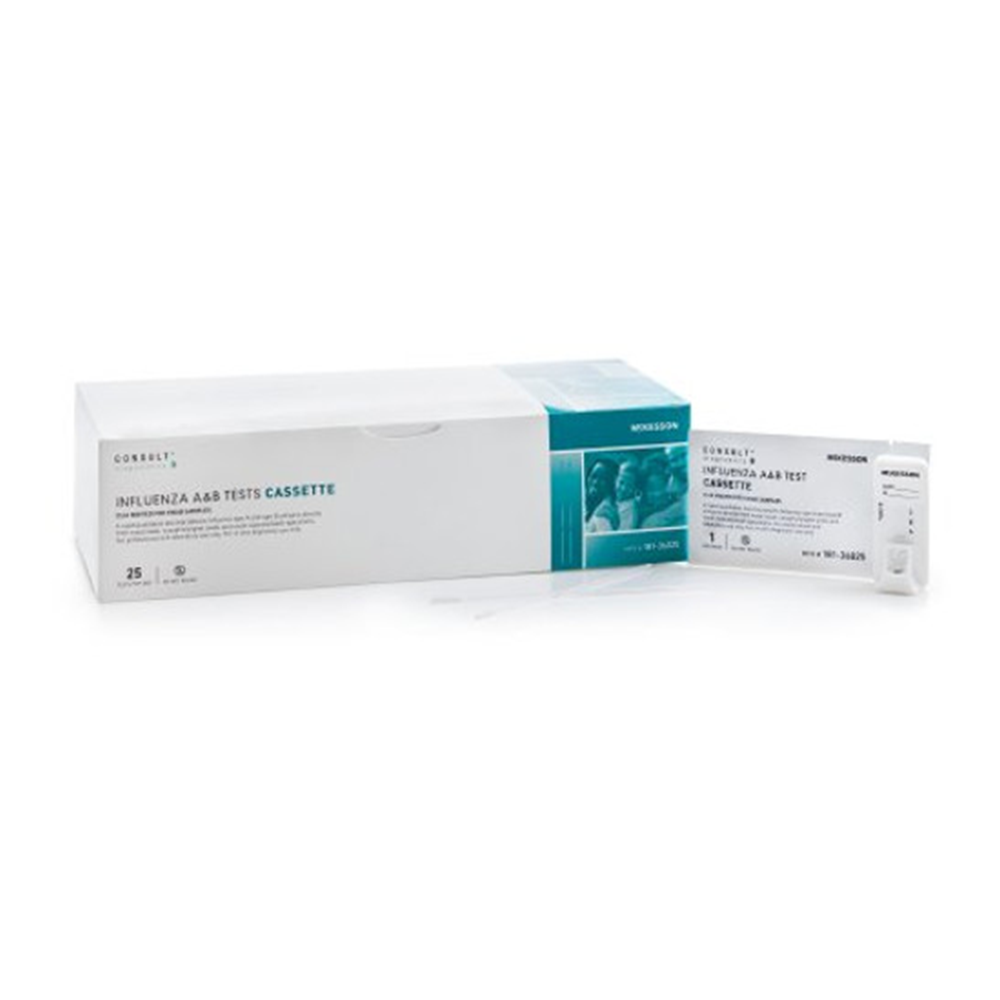Pulse Oximeters
What is a pulse oximeter?
A pulse oximeter is a medical device that measures blood oxygen saturation (SPO2) without taking a blood sample. Used in hospitals so that medical staff can constantly monitor a patient"s blood oxygen levels, fingertip pulse oximeters have also been developed for home use, specifically for patients with conditions such as COPD that require supplemental oxygen. Pulse oximeters do not require a prescription to purchase and are typically compact in size so they are portable. Because the pulse rate is essential in monitoring blood oxygen saturation, pulse oximeters also provide the patient"s current pulse rate.
How do pulse oximeters work?
Completely non-invasive, pulse oximeters use a pair of small LEDs facing a photodiode through a translucent part of the patient"s body, which is usually a fingertip or sometimes an earlobe. Using both red and infrared light, a pulse oximeter measures the patient"s blood oxygen saturation by measuring the he absorption of the two different types of light as they pass through the blood.
The signal from the pulse oximeter bounces in synch with the pulse because arterial blood vessels expand and contract with each heart beat. By measuring with these variations, a pulse oximeter can ignore other tissues and nail polish. Acceptable normal ranges of blood oxygen saturation are between 95 - 100 percent, though levels as low as 90 percent are common.
Pulse Oximeter Use
Pulse oximeters are used in situations where the patient"s blood oxygen saturation level is unstable, such as intensive care, recovery, operating, emergency, and hospital wards. Pilots use fingertip pulse oximeters in unpressurized aircraft above 10,000 feet where supplemental oxygen is needed, as well as mountain climbers or athletes training at high altitudes. Pulse oximeters are commonly used by patients with COPD and other respiratory or cardiac problems, and have even been used to help diagnose sleep disorders such as sleep apnea and sleep hypopnea.
Finger pulse oximeters are the most common form of pulse oximeter because of their ease of use and compact size which makes the pulse oximeter ideal for travel. Some pulse oximeters such as the SeQual SmartPulse use a color coded measuring system to make it easier for the patient to know when they need to seek medical care. Fingertip pulse oximeters can fit in the travel bags for most portable oxygen concentrators and are an essential part of any doctor prescribed oxygen therapy program.

